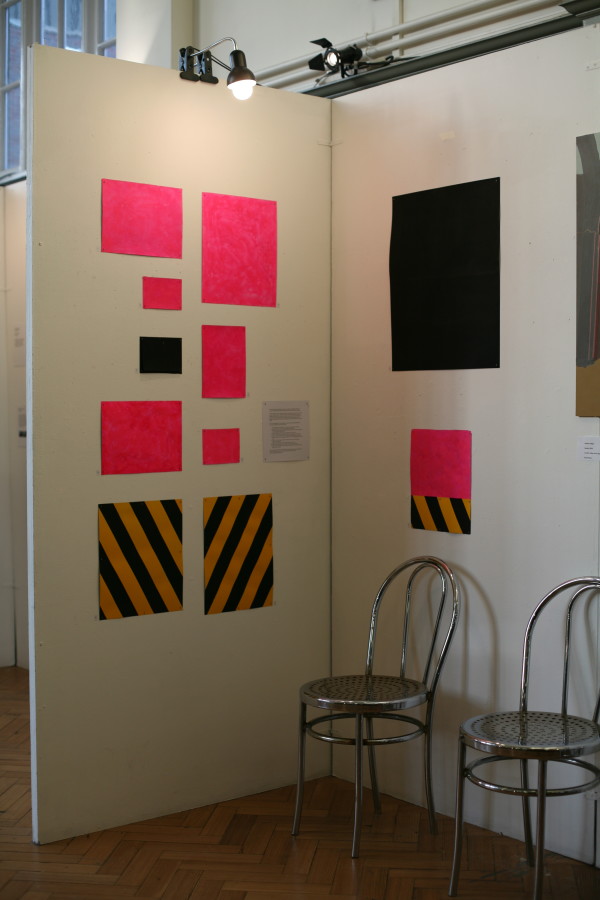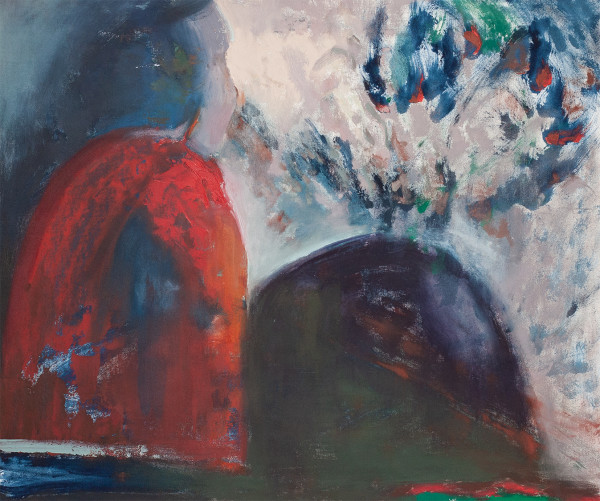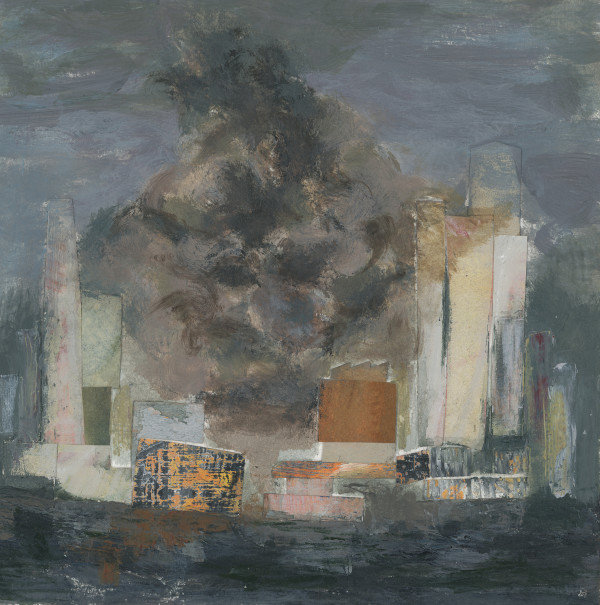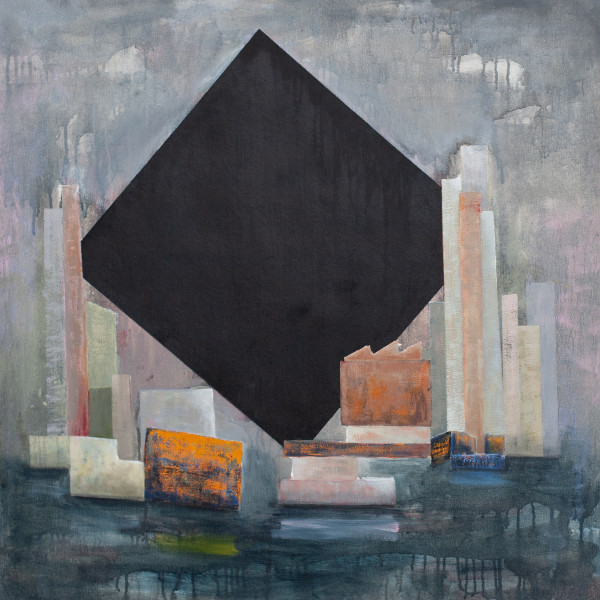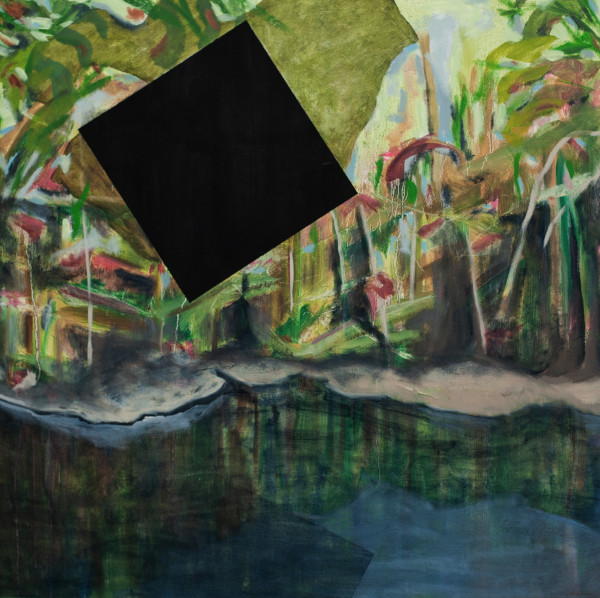Collection: The Black Square series
Artist Statement: The Black Square Series
Art is both a site of resistance and a medium of reclamation. The Black Square Series explores the intersections of history, protest, and artistic defiance, drawing inspiration from Kazimir Malevich’s Black Square. Originally conceived as a radical rejection of artistic norms and a symbol of rebellion against ideological constraints, Black Square has since taken on new meanings in different contexts. In my work, it becomes a vehicle for examining contemporary struggles—both personal and political—while engaging with questions of artistic ownership and accessibility.
A century after Malevich’s work first defied convention, I found echoes of its defiance in the 2019–2020 Hong Kong pro-democracy protests. Protesters, clad in black, used the color as a symbol of unity, anonymity, and resistance against increasing authoritarian control. The black void—both an absence and a presence—became a powerful metaphor for the struggle between erasure and autonomy. In my paintings, the black square is not just a reference to Malevich but a disruption, a statement of defiance placed within landscapes tied to Hong Kong and broader cultural narratives.
This theme of reclamation extends beyond political symbolism to the materials themselves. My use of Stuart Semple’s Black 2.0 engages with another form of artistic resistance: the fight against monopolization in creative expression. When Anish Kapoor obtained exclusive rights to Vantablack, a pigment engineered to absorb nearly all light, he claimed sole ownership over the world’s blackest black. Semple’s Black 2.0 was created in response—a pigment that is open and accessible to all artists except Kapoor. By choosing this medium, my work aligns itself with acts of defiance against both political suppression and artistic gatekeeping.
Each piece in this series interrogates the tension between control and disruption. An Imposition on Order and Chaos contrasts rigid geometry with expressive turbulence, questioning the relationship between structure and rebellion. The Black Square: Add 30 Miles to an Anonymous Mountain places the void within an isolated landscape, raising questions about presence, absence, and imposed narratives. Victoria Harbour Study and Black Square Over Victoria Harbour embed the square within Hong Kong’s contested urban space, making the void itself a site of resistance. An Imposition on Nature extends this interrogation to the natural world, where human intervention reshapes landscapes as much as political forces shape societies.
Through this series, I explore how black—whether as a color, a symbol, or a void—holds the weight of history, protest, and erasure. The Black Square is no longer just a form; it is a statement, an act of defiance, and an invitation to reconsider what it means to resist.

